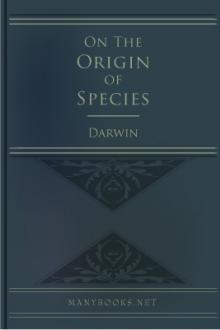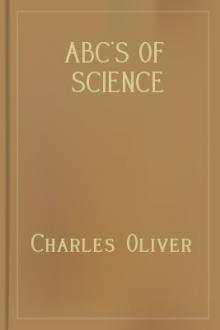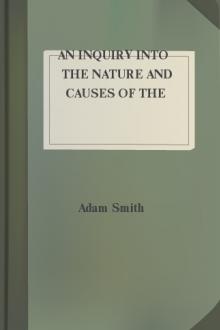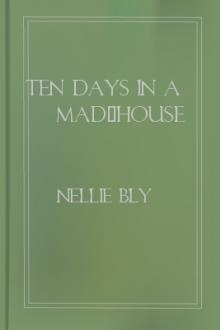The Genus Pinus
Book Excerpt
The biform hypoderm is not always obvious (clausa, Banksiana, etc.) where in some leaves there is but one row of cells. But with the examination of other leaves one or more cells of a second row will be found with very thick walls. Among Hard Pines there is no Old World species with a biform hypoderm. But there are a few American species with uniform hypoderm (resinosa, tropicalis, patula and Greggii); while, in some leaves of the few American Hard Pines with multiform hypoderm, the uniform hypoderm is a variation.
THE GREEN TISSUE.
In this tissue are the resin-ducts, each with a border of cells, corresponding in appearance and in chemical reaction with the cells of the hypoderm and with thinner or thicker walls. With reference to the green tissue the foliar duct may be in one of four positions.
1. External against the hypoderm fig. 24. 2. Internal against the endoderm fig. 28. 3. Medial in the green tissue, touching neither hypoderm nor endoderm
Editor's choice
(view all)Popular books in Science, Non-fiction, Nature
Readers reviews
When his work on the genus pinus was first published it caused a huge outcry. The book was banned as immoral, not only in Boston but all over the US and Europe (except Sweden).
It seems the public believed the title of the book was not about pine trees at all! The lay public believed the word 'Genus' and the work 'Pinus' were rhyming words...hence the outcry and confusion.
Adding further to the confusion was Chapter 6 of the book, entitled 'Notes on Wood Peckers'.
- Upvote (0)
- Downvote (0)

 Free Download
Free Download





















